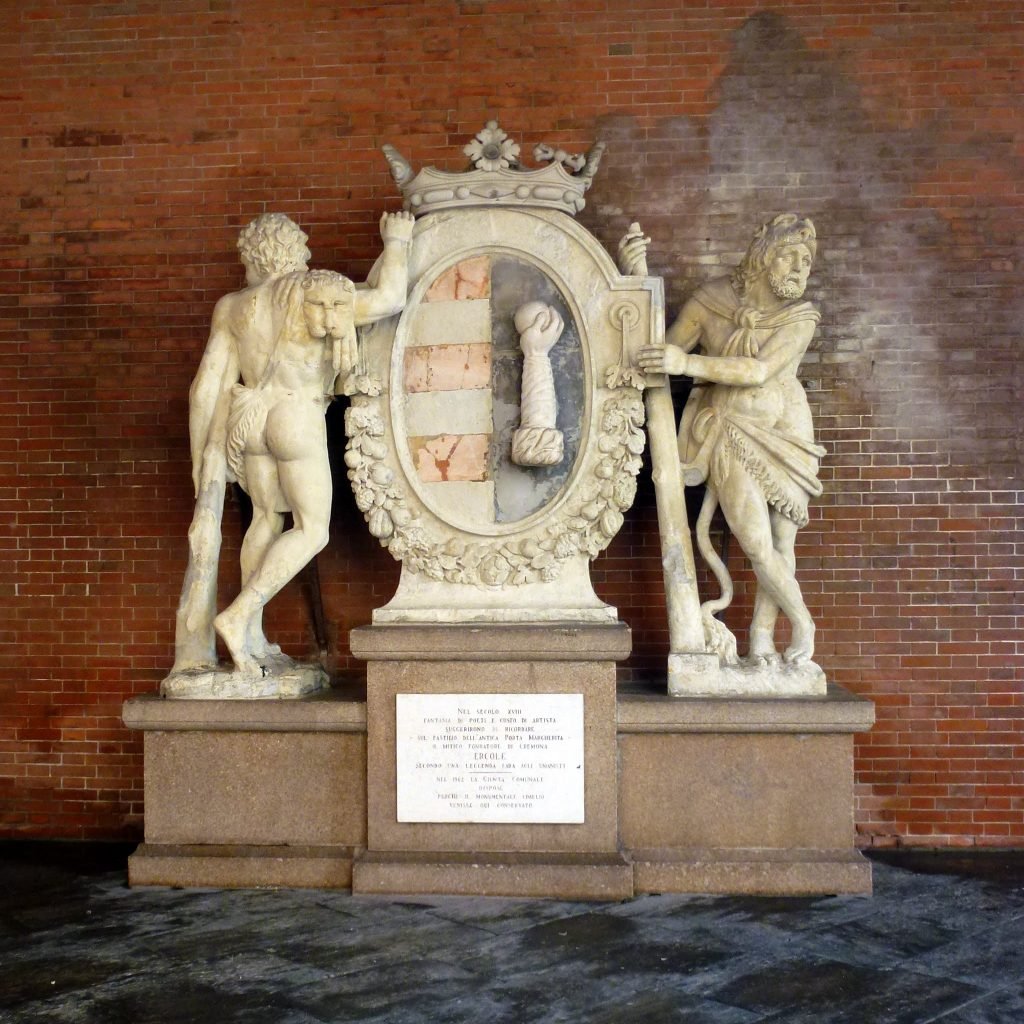Art & Exhibitions
Selfie-Taker Smashes Priceless Historic Italian Statue of Hercules


Sarah Cascone

The scourge of the selfie has struck again: over the weekend, a pair of tourists accidentally broke an Italian sculpture while taking a photo with it, knocking off a portion of the statue’s crown, which shattered on the ground.
The incident took place in the northern Italian city of Cremona, and involved Statue of the Two Hercules (circa 1700), a marble statue of the city’s coat of arms held by two figures of Hercules. The sculpture is considered a symbol of the city, as the demigod is said to have founded Cremona. The piece was originally displayed above the city gates (demolished in 1910), but since 1962 has been located under the portico of Loggie dei Militi, a historic 1292 building that formerly housed city militia.
The never-ending quest for the perfect selfie is, as we know, not without consequences, or embarrassment. In Cremona, the two perpetrators have reportedly been identified by the police, though it is not clear if authorities intend to press charges.
Unfortunately, this is not the first time that Italian art has fallen victim to an overzealous selfie-taker. This past spring, a student broke a 19th-century cast of an ancient Greek work at Milan’s Academy of Fine Arts of Brera when he tried to hop in its lap for a photograph.
Rioting Dutch football fans also recently damaged Bernini’s Fontana della Barcaccia, at the foot of Rome’s Spanish steps, and tourists have been caught defacing the famed Colosseum.
No word on whether the increasingly-contraband selfie stick was involved in the latest incident.
Experts are reportedly being brought in today to access the damage and determine whether or not the piece can be repaired.